It all started with a book.
Before we left the US, I got a text from my sister: ‘You need to read the book Goodbye, Sarajevo before you leave for the Balkans. I couldn’t put it down and finished it in one day.’
I take advice from both of my sisters very seriously, so I immediately downloaded it on my kindle and vowed to read it as soon as possible.
Instead, I read two ‘fluff books’ first, to ease me back into regular reading again. After we had crossed over into Croatia, I decided I needed to crack open Goodbye, Sarajevo now, or else I never would. I read it in one sitting, and it changed everything.
Goodbye, Sarajevo is a memoir of two sisters who survived the Bosnian war. The main writer, Atka, is a Sarajevo native, and survives war and genocide within the city of Sarajevo, Bosnia. The city was under siege by Serbian troops from 1992-1996. For four long and painful years, the cosmopolitan city that had hosted the winter olympic games just 8 years prior, was blockaded, shot at, and destroyed. It is the longest siege of a city in modern history.
Reading Goodbye, Sarajevo in our first week of travel opened the flood gates, and I had to know everything. I devoured everything I could get my hands on about the former Yugoslavia.
As we travelled through Croatia, Montenegro, Bosnia, Macedonia, Kosovo, and Serbia, I was learning everything for the first time, while simultaneously seeing it all come to life in front of my eyes.
I touched on it in this post, but our time in Mostar was eye-opening. At that point in our trip, I was just beginning to learn about how extreme the horrors directed at Bosnian Muslims were. Arriving to Mostar, I had experienced a beautiful city that had visible traces of a recent war, but that was being rebuilt even stronger.
I expected to have a similar experience in Sarajevo. I of course, was wrong.
Sarajevo was the first time I really asked myself, What am I doing here? How did I get here? I wasn’t asking it to myself because I felt lost, unwelcome, or unsafe in Sarajevo. I meant it in the most literal way possible. As much as I tried, I could not make sense of how the dots of my life had somehow connected to lead me to be in this place at this time, in order to have this specific experience.
Logistically, I knew how I came to be there. I bought a flight, I rented a car, I booked an Airbnb. That is how I physically got to be where I was, but there was so much more to it that I couldn’t grasp. We had practically booked our Balkan road trip on a whim. At best, we hoped to drive through some really pretty scenery, and explore some new places. Now I can see that there was so much more for us to experience than we ever could have anticipated. I tend to believe that life is a series of lessons, and I knew that somehow, I was in the middle of learning an important one.
I kept trying to understand: Why am I seeing all of this? Why am I learning all of this? Sarajevo is not a city that you can just show up to and not be impacted by what you see. It practically forces these questions to the front of your mind.
Sarajevo was the pinnacle of our trip for for me in so many ways, and our first day was a really heavy one. I felt like I was engulfed in the darkness of what we were learning.
After that rough first day, I woke up the next morning thinking of something our Airbnb host had said,
“You can not believe, even if you had seen it with your own eyes the things that happened here. The war was horrible. But, we are not in war anymore. Sarajevo is a beautiful city once again. We are moving on, but never forgetting.”
Our experience in Sarajevo happened in two parts; I call them the darkness and the light.
Day 1: The Darkness
The Aftermath of the towns and Cemetary Hill
Driving through Bosnia and into the city, you absolutely cannot escape the heavy reality of what happened to the Bosnian people 20 years ago.
I knew from my research that most of the towns we were driving through on the way from Serbia to Sarajevo had been victim to some of the worst atrocities during the war. Towns were set on fire, and hundreds of thousands were forced from their homes which they had been in for generations. Entire towns of muslim women and men were rounded up into large groups, shoved into community buildings, and showered with bullets. Afterwards, the bodies were piled onto trucks and thrown into mass graves somewhere within the Bosnian hills. To this day, they are still trying to find more of these graves. Thousands of people still have not found the remains of their family members.
We drove past the town of Srebrenica, where in 1995, an estimated 8,000 Bosnian muslims, mostly men and boys, were mass executed in the span of a few hours, just days before the town was liberated.
I was of course horrified to read about what happened in Bosnia, but it had a completely different impact to drive through the country and see it firsthand. Every other building we saw was either abandoned, nearly burned down, completely covered with bullet holes, or all three.
It was haunting to see these abandoned and destroyed homes line every single highway and street we drove past. It brought to the forefront just how total the destruction and death had been to these people. With each house we saw, I wondered, where are these people now? Were they killed? Did they escape?
As we drove into the heart of Sarajevo, the first thing we saw were the hills of Sarajevo that were covered in white tombs. Sarajevo is built in the bottom of a beautiful valley. However, the placement of the city made it easy for Serb soldiers to surround and siege the city. Every single hill had once been occupied with soldiers or snipers, who shelled and shot at the city for years.
They lost so many people during the siege, that they no longer had space to bury their dead. They buried them where they could, which meant up the hills, in stadiums and even under tennis courts. We walked past these hills and every single death date on the tombs read between 1993-1999. Most people buried were between the ages of 20-50.
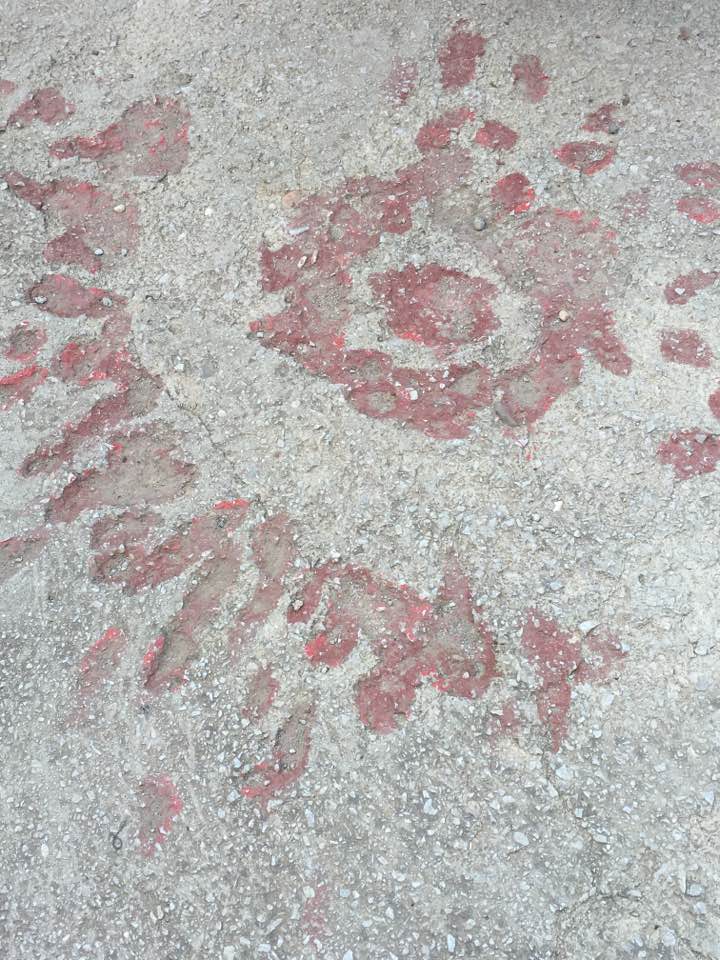
Along the streets of Sarajevo, you can also see the ‘Sarajevo Roses’ which are craters formed in the concrete as a result of a fatal motor shell explosion. An artist filled in many of these craters with red resin throughout the city to honor the victims, so they would not be forgotten.
I carried a bag filled with food and wine, ready to spend the rest of the night in the comfort our our Airbnb, as I walked past the Sarajevo roses and graveyards filled with the bodies of thousands who died a brutal and unjust death. Here I was in the city that had belonged to them, experiencing the most simple of pleasures of which they were so ruthlessly denied.
The shot that started a war
After walking down the hill, we headed to the famous Latin Bridge. It was this spot in Sarajevo where the assassination of Archduke Franz Ferdinand and his wife took place in 1914. It was the event that propelled the entire world into a state of war, sparking the events of WWI. And it all started on this little bridge in the city of Sarajevo.
It is hard to understand when you are in Sarajevo, why this unassuming spot in the world has been center stage for so many major events in our world history. I thought back to a podcast that we had listened to in the car, where a native Sarajevan sarcastically remarked, “We have more history than we can stand.”
Srebenica and learning a lesson the hard way
After visiting the Latin Bridge, we decided to wander the streets and enjoy the city before heading back to our Airbnb to rest. After walking for a few minutes, we accidentally stumbled upon the entrance to the Srebrenica Genocide Memorial, and knew we had to go in. We learned that this memorial is the first memorial/museum in Bosnia dedicated to lives lost in the war. I would definitely recommend a visit here if you’re in Sarajevo.
We spent hours walking around and learning about the terrible things that happened through powerful images, and through moving first-hand interviews. We became completely engulfed in the memorial, and lost track of the time. We realized night had fallen, and decided it was time to leave. We left the memorial feeling completely heartbroken by the unimaginable things that people can do to one another.
As we were leaving, it was dark outside, and I expressed what I was thinking to Al as we turned a corner. I remember saying, “I don’t understand how the international community, and so many other people can sit back and do nothing as they watched their friends and neighbors be murdered. How can you just do nothing?”
As I said the words, I noticed that Al had stopped walking beside me. I turned back and saw him walking up to a woman who seemed to be struggling with something. At first, I thought he was trying to help her, but I then I slowly started to see what was really happening.
This woman was in the middle of trying to shove a stray dog into a small slit of a hanging trash can. In the darkness, I saw that she was carrying a large wooden stick, and as she walked away, the dog struggled to escape the trash can.
I became frozen with shock. I was then instantly jolted into awareness when Al began yelling at the woman, and I immediately headed towards the trash can where the dog struggled to break free. The woman turned around and raised her stick in the air towards Al, ready to swing, while shouting in a foreign language. Before I could make it to the dog, he jumped out of the trash can and onto the pavement, and ran right back up to the woman who had thrown him away like a piece of garbage just moments before.
She walked across the street, and the dog loyally followed her, seemingly oblivious to what she had just tried to do. Al and I kept our distance after she raised the stick, but we didn’t know what to do. We felt an overwhelming need to get the dog away from her. So, we followed her.
We followed her down the street and into an long dark alley. We wanted to make sure she wouldn’t try to harm the dog any further, and to try and lure him away from her if possible. As we tried to get closer to the dog, my heart began to pound. Al walked up right behind her and the dog began barking wildly.
Thoughts started racing through my head – what else is in this alley? What if she tries to hit us again? What if she has a real weapon? What if the dog attacks us? Where should we take the dog if we manage to get ahold of him?
Before the woman noticed, the dog turned and began following someone else. We ducked behind a corner out of eyesight from the woman, and continued to watch until she faded out of sight, to make sure the dog was safe, and that nothing happened.
After this happened we were both stunned and disgusted with what we had seen. We both were speechless with disbelief and began walking back home. As soon as we got back on the main road, we heard the wailing screams of a child.
We passed a driveway at the exact moment that a mother was bent over, screaming at her four year old boy sitting on a bike. His face was red and puffy, and I looked over just in time to see the mother raise her hand and with a forceful blow, slap her son across the face. This sent the little boy into a fresh wave of hysterics.
Once again I froze, and my internal dialogue took over, Should you do something? Should you say something? You can’t even speak the language, and what would you say? You don’t know what kind of discipline culture they have here. This isn’t your country. You’re not a mom. It is not your place to say anything. What could you do anyway?
We didn’t speak but instead, sped up and focused on returning home, tensing up around every corner, not sure of what we would see next. Finally, we arrived back at our Airbnb feeling completely defeated and drained from the events of the day.
It was not lost on me for a second, that the moment we left the Srebrenica memorial and I asked the question, ‘How can you just do nothing?’ I was immediately put in two situations where I had to confront that exact question for myself.
All night I ran through everything that happened, and tried to make sense of what we saw. I thought of the graveyards and the bridge that started an entire war. I thought of the images in the memorial, of the victims faces staring back at me. I thought of a video that played in on a small screen of a man who was caught on tape right before he was murdered by a Serb officer. “Are you afraid?” the officer taunted him on the camera. He seemed to collect himself and really think about his answer. With all the dignity in the world, he looked the officer directly in the eye and responded, ‘How could I not be afraid?’ before he was marched off and shot. I thought of the unfair treatment of the dog and the child, both completely innocent. I struggled with how I had handled the situation. I wished I had done more. For the millionth time, I wondered what it all meant.
I asked myself the following questions: Did you handle everything as best you could? Why did you freeze? Why didn’t you do more? What could you have done better? Is there even a right answer? Where do you go from here?
It wasn’t just the boy and the dog, but everything that Sarajevo represented. I didn’t want to just look the other way and try to forget about what I knew, but I also didn’t want the heaviness of everything to completely weigh us down and our experience in Sarajevo.
I thought about it for a long time and decided that the best thing that I could do after everything we had seen was to find the light wherever I could. It was the only thing to do. Basically, the best thing I can do, is to always do the best thing I can.
It sounds so simple: be kind, do the right thing, be a good person. But if it is so simple, why do we all struggle with it so much? Because not everything can be divided between black and white, between darkness and light. There are so many different shades to what happened here in Sarajevo, in Bosnia, in the Balkans. There was so much chaos set on some of the most beautiful landscapes that exist in the entire world. So much hate surrounding the most welcoming, kind and generous people I have ever encountered. Just like at home, and just like everywhere else in the world. All the horrible things that have happened does not mean that these places still aren’t filled with so much good. I can’t choose to only focus on the darkness.
I thought of this the next day. When we woke up, we decided that we would leave the previous day behind us and set a strong intention for our last full day in Sarajevo. No matter what, we would seek out only lightness in everything we did.
Day 2: The Light
The next day, we took a drive up the hills of Sarajevo and into the hills of Trebević. Although it did have some harsh uses during the war, we kept our promise and chose to focus on some of the better aspects. This site was used for a number of winter events during the 1984 olympics, and is positioned with a stunning view of the surrounding hills and city. It is also now a protected area due to the biological diversity found here. We walked up to the highest point of the hill and took in the views of Bosnia. We both took a moment to fully appreciate just how beautiful Bosnia is.
Tunnel of Hope
Afterwards, we drove about 30 minutes to the ‘Tunnel of Hope.” During the war, Sarajevo and the people within it were completely cut off from the rest of the world. So, the people secretly built a tunnel by hand that stretched underground into two nearby towns. Through this tunnel, they were able to receive food, medical supplies, and humanitarian aid. In short, the tunnel kept the city of Sarajevo alive with hope.
We had the chance to walk through the tunnel and see some of the footage from the day that Sarajevo was liberated. Sarajevo was supposed to be completely destroyed by the end of the siege, but the Serbian military underestimated the strength of its people. It was an unreal experience, and truly amazing to see how people came together to fight back and bring strength to light in the darkest of times.
The Sarajevo Brewery
After the tunnel, we decided to head back to the city and visit the Sarajevo brewery (or Sarajevska Pivara). The brewery itself is a beautiful building. It was the one European brewery that did not stop production during the Ottoman Empire or during the Austro-Hungarian Monarchy. During the 90’s war, it was nearly completely destroyed – but it still did not stop production. It was also the only source of drinking water during the siege. The brewery that just wont quit.
Strolling through Sarajevo’s Beauty
After the brewery, we walked around and took in the unreal beauty of Sarajevo’s old town.
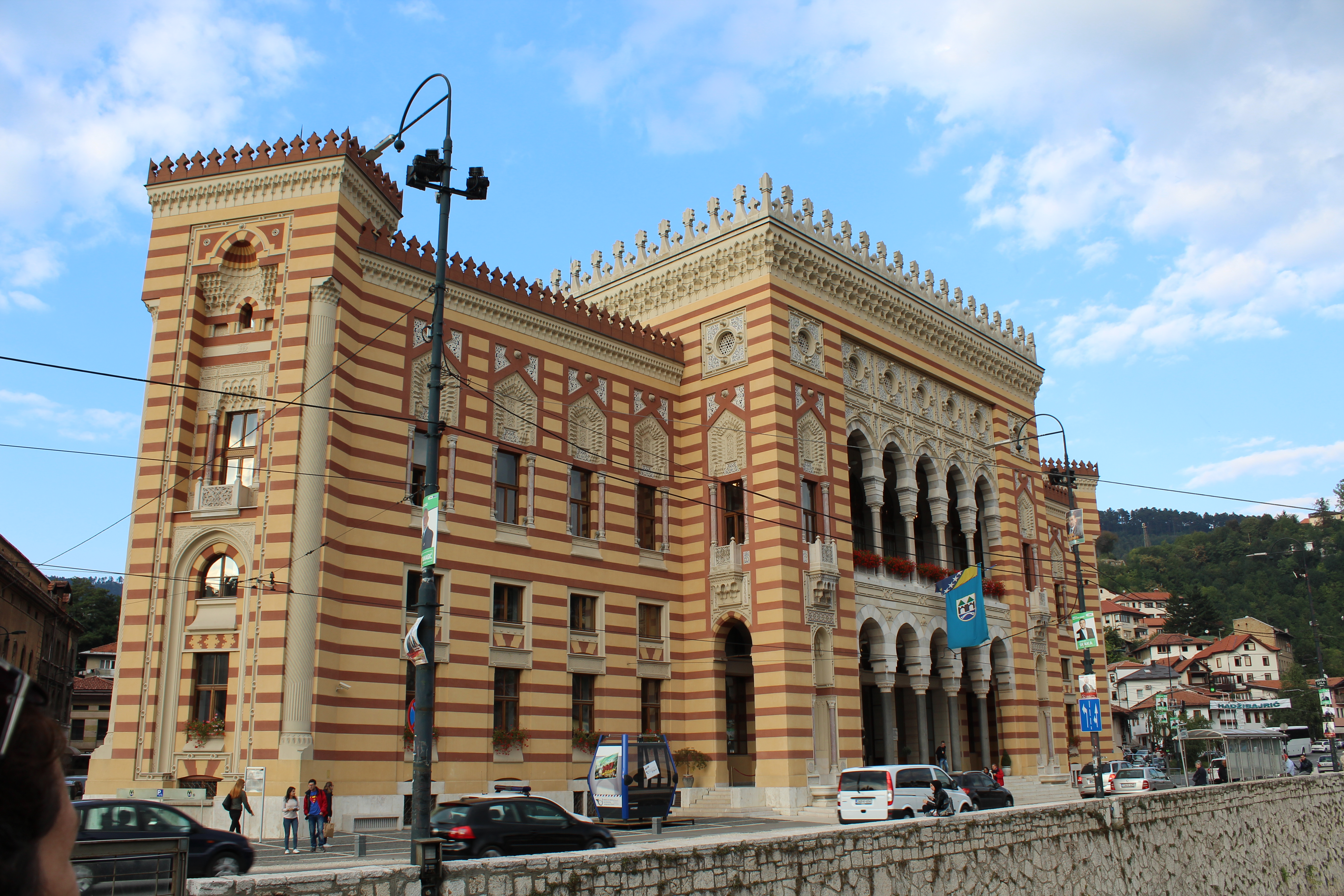
This is the national library, which was destroyed during the war, and now has been completely rebuilt.
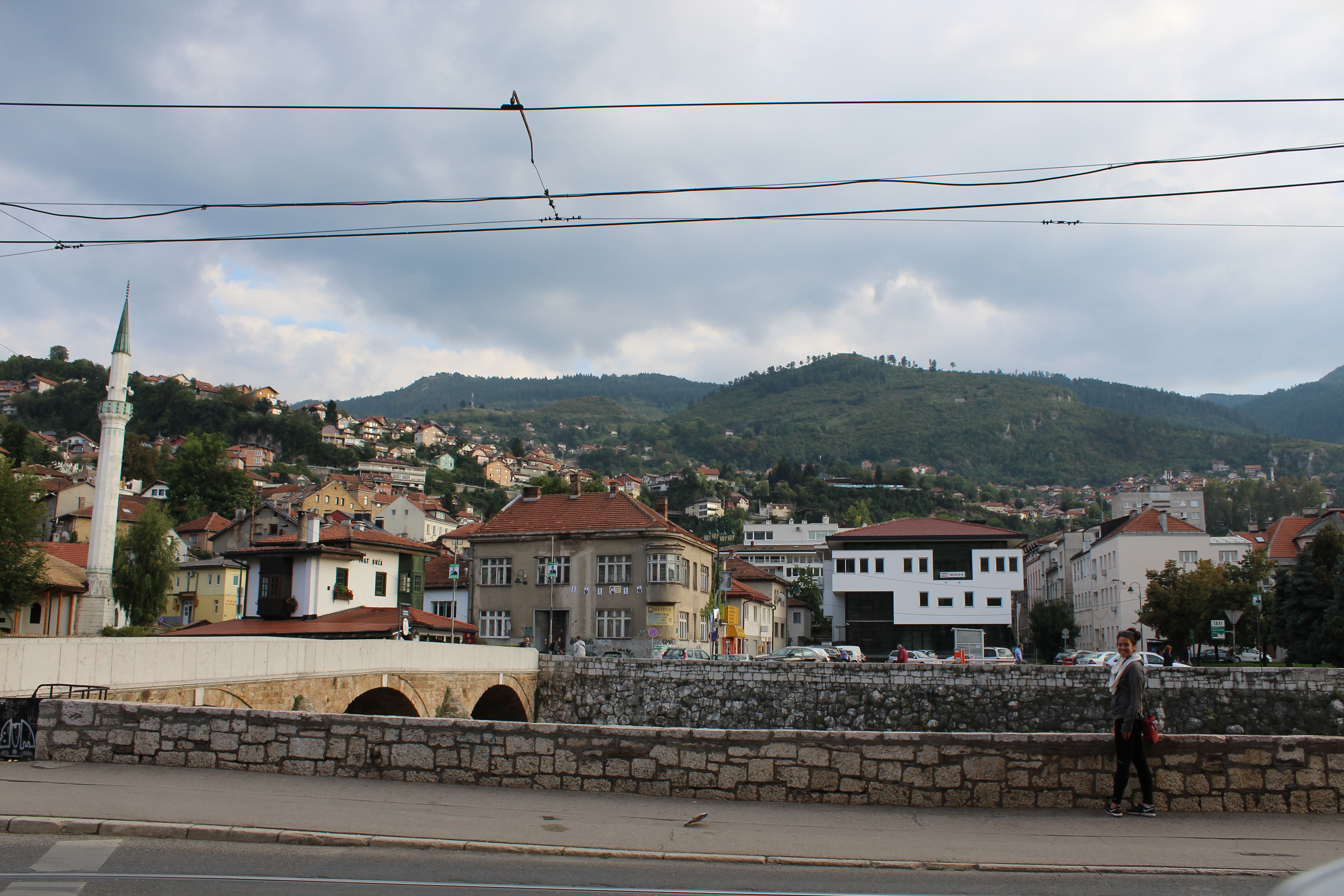
Such a cool place to explore.
The Sun Sets on Sarajevo (and our road trip)
After we spent the day surrounded by the best parts of Sarajevo, we decided to walk up to the Yellow Fortress and watch the sun set over the city. It finally began to sink in for both of us that our journey here was really coming to an end.
Sarajevo was our final stop in this big Balkan adventure. The next day, we would leave to spend our last few days back in Slovenia before flying out to begin the next phase of our trip. It was the perfect place for us to process and reflect on everything that we had done over the past two months. I looked over the city and silently thanked Sarajevo for everything that it had shown me.
I still don’t know why I was meant to experience this, and I don’t think that the pieces will all fit together until enough time has passed for me to see the entire picture. But, I do know that I will continue to try as hard as I can to build a life that belongs to me, filled with the kind of experiences that I love, instead of wasting time and energy focusing on the all things that I do not. I am fortunate enough to have the opportunity to do this with my life, so I have to take it. How could I not, when I look at those laying underground on the hills of Sarajevo, who never had the chance?
For the rest of our lives, we will face shades of darkness that will appear in all different forms. It is unavoidable. But now when I face them, I will not forget Sarajevo, and what it felt like there. To sit on the fortress and watch the light stream over the hills into the valley of the beautiful city that they tried to crush into nothing. It survived. They were able to find light in spite of so many people trying to permanently extinguish it. And if they can find it, so can I.
And to think it all started with a book.

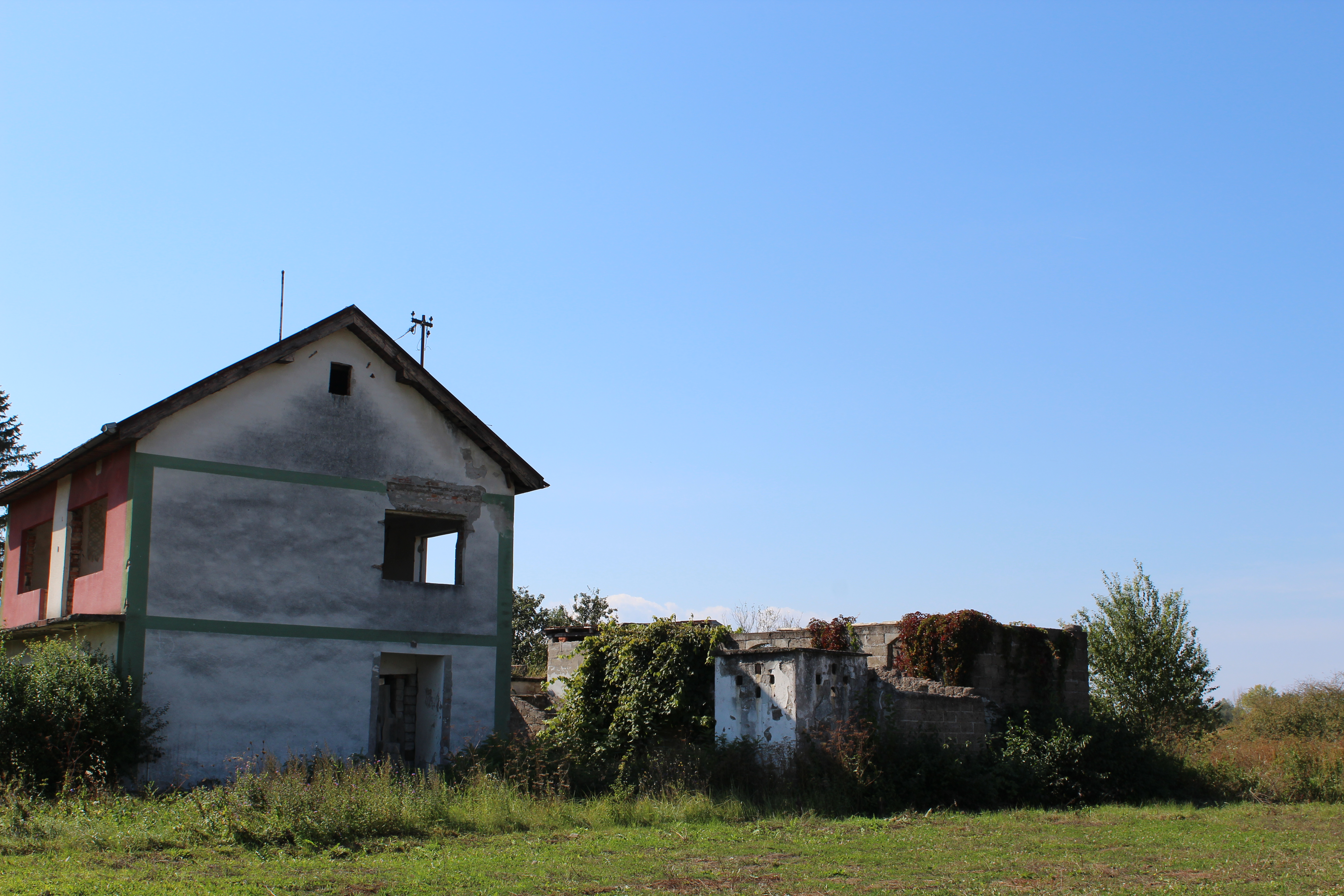
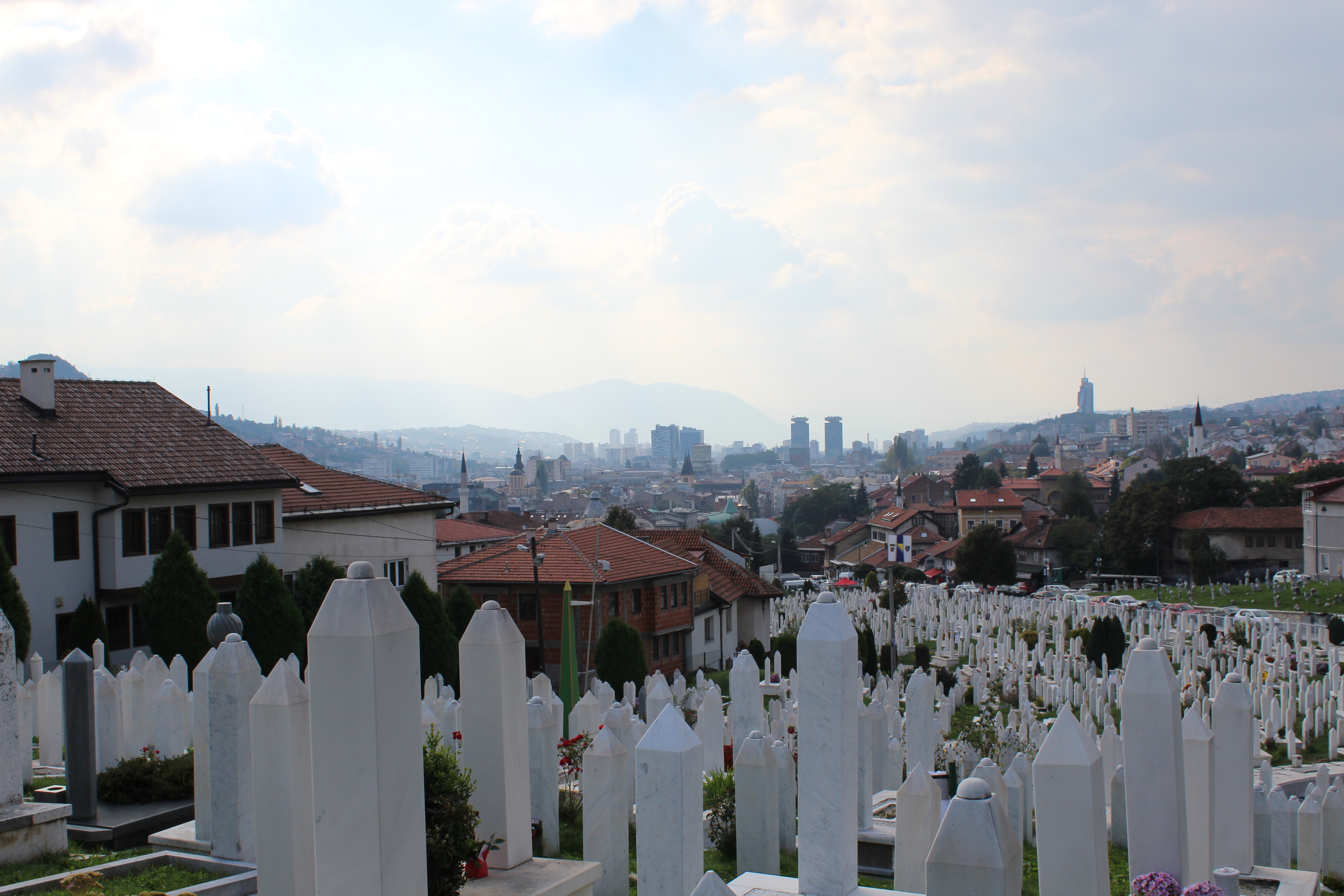

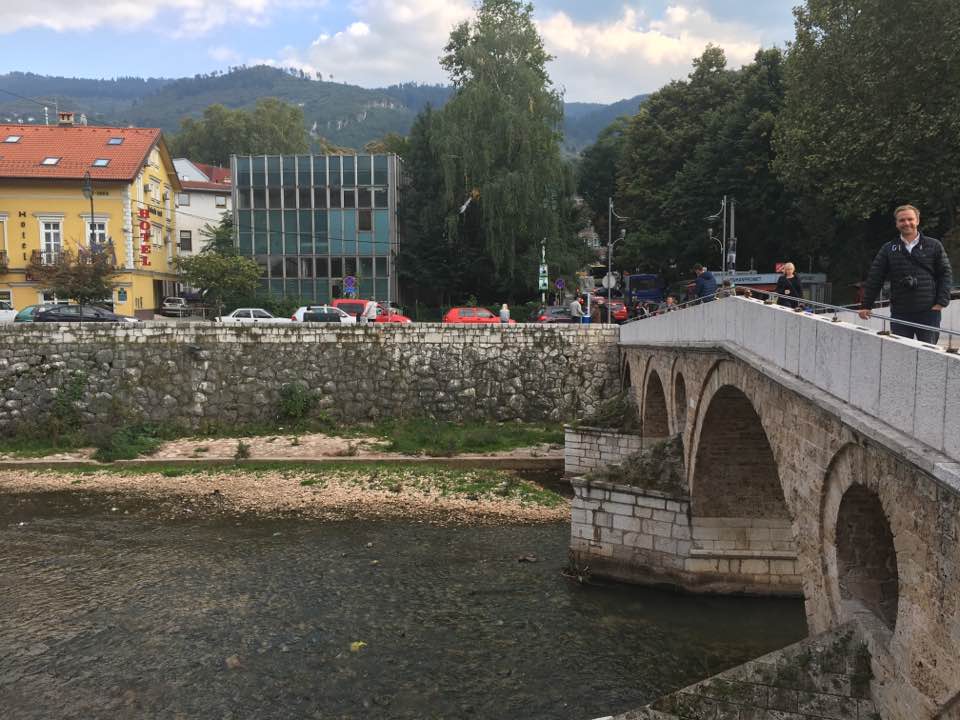
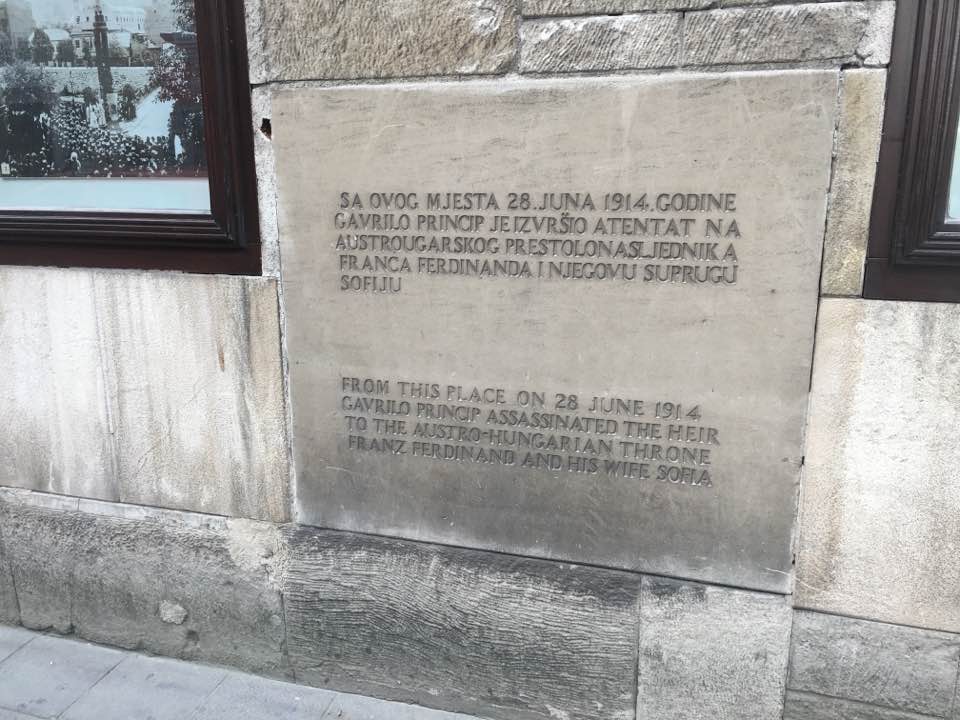
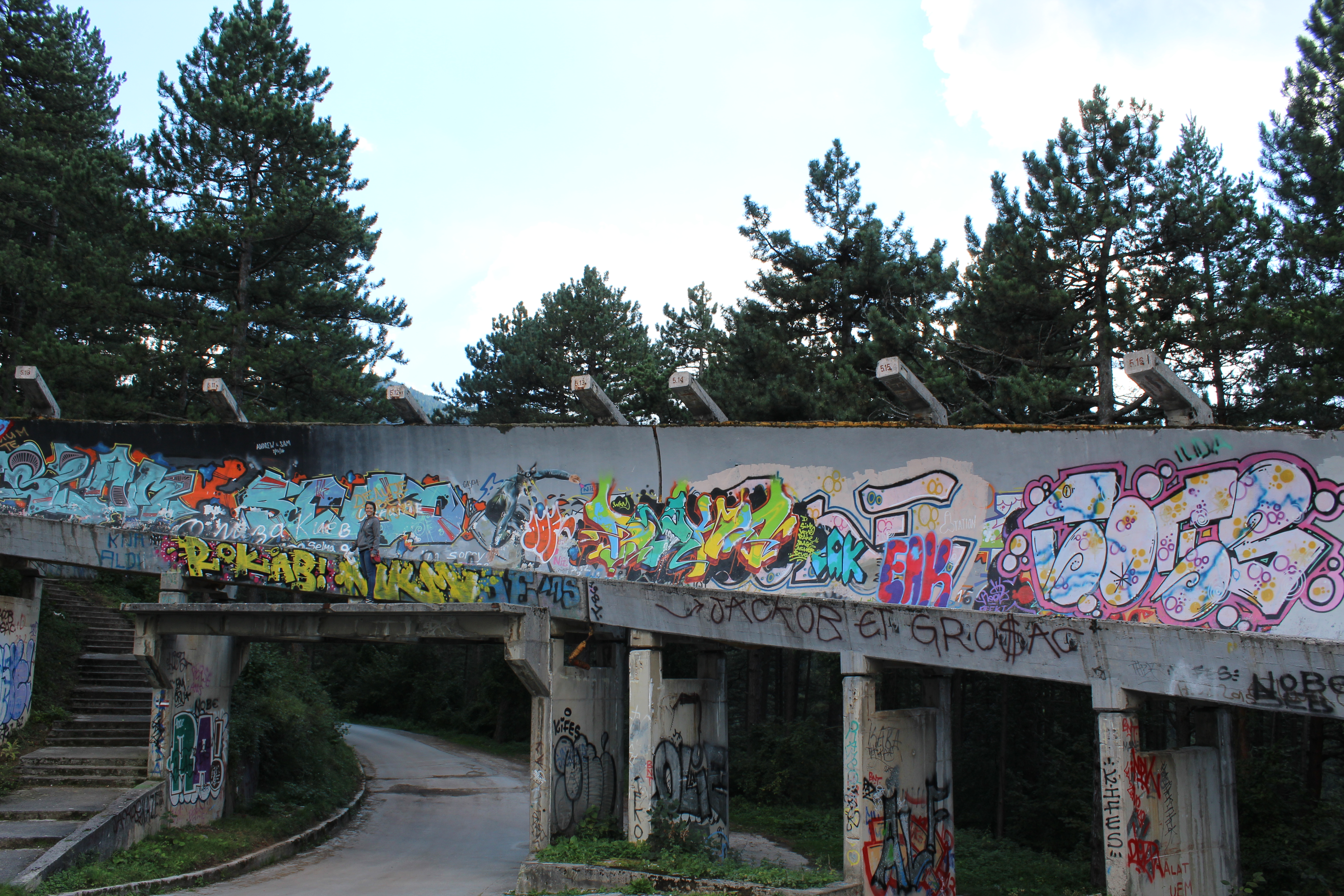
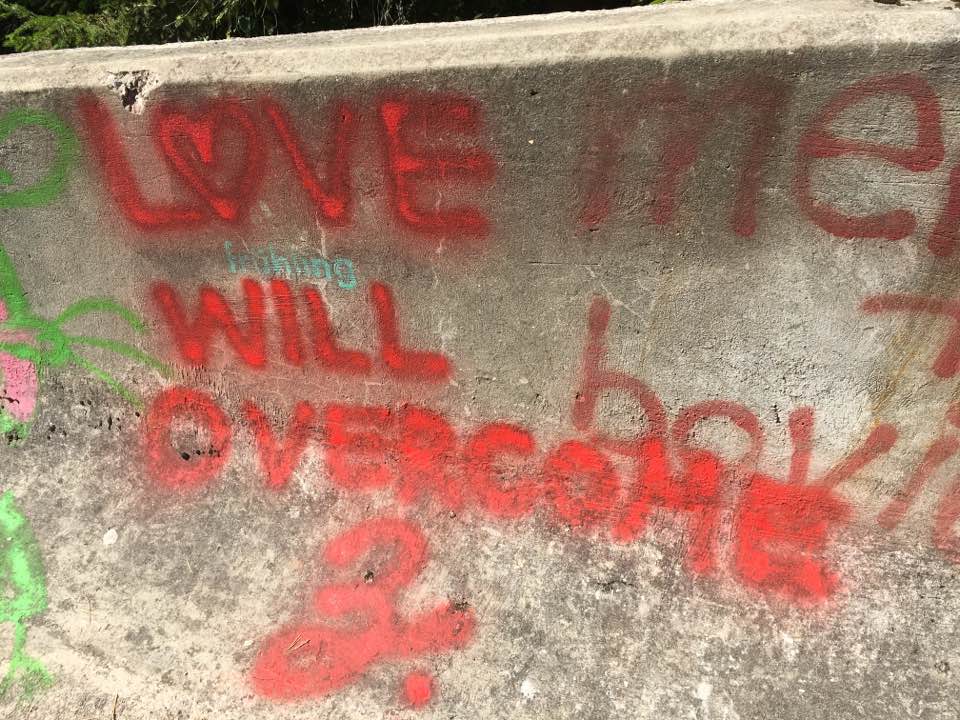
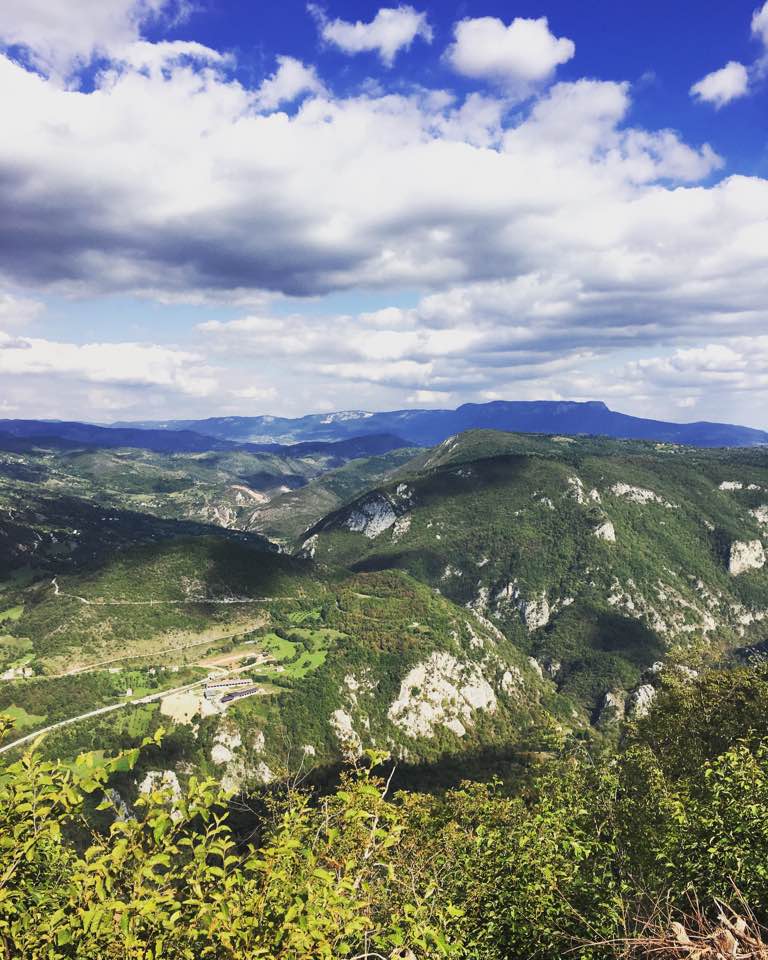
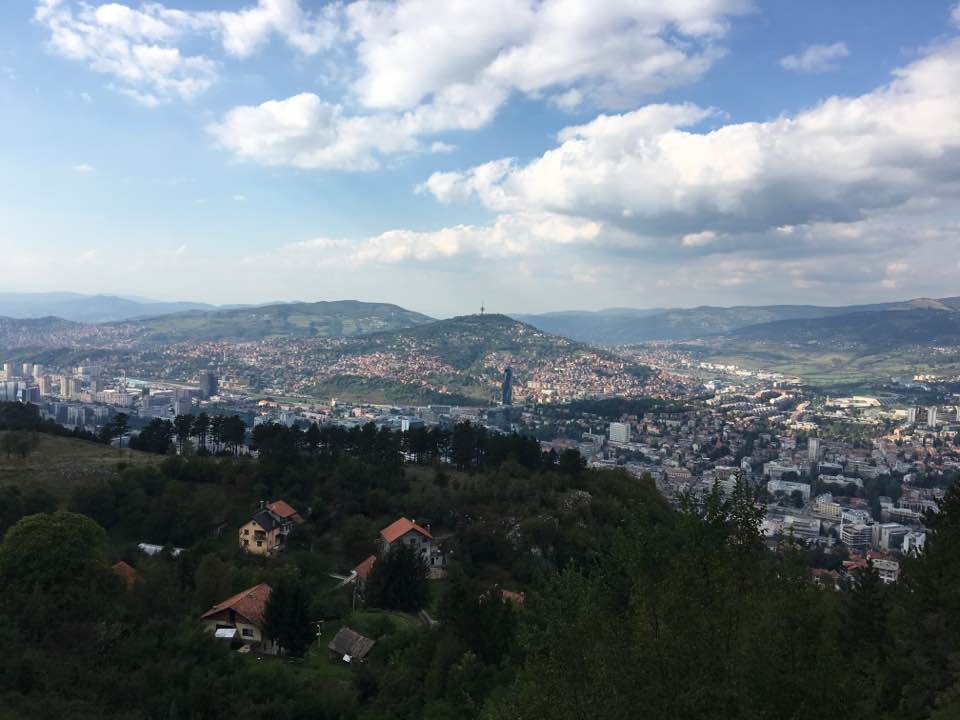
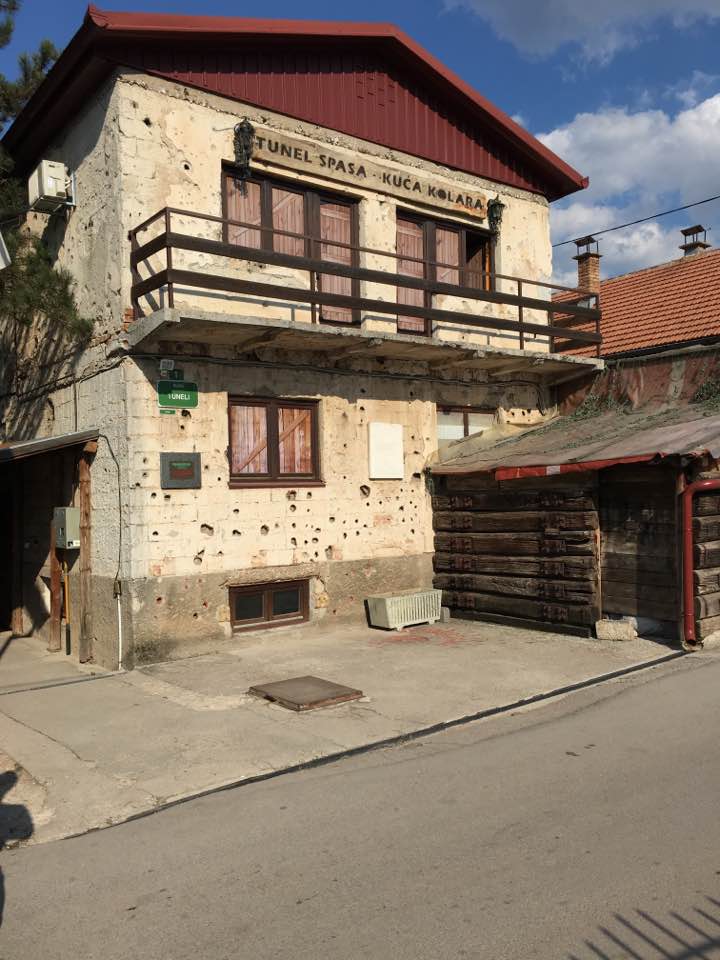
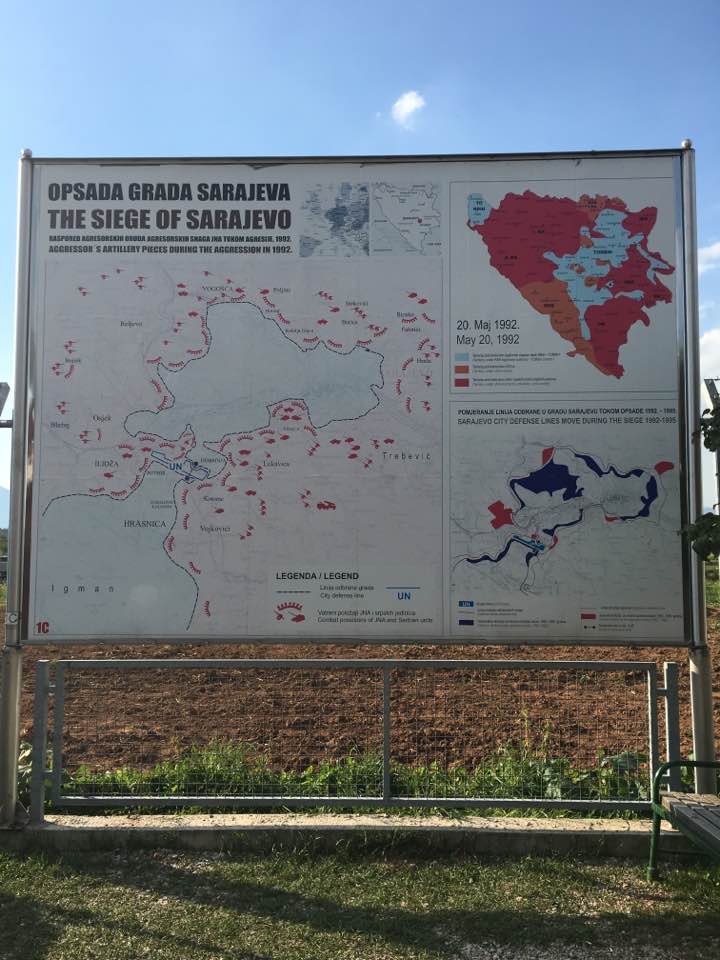
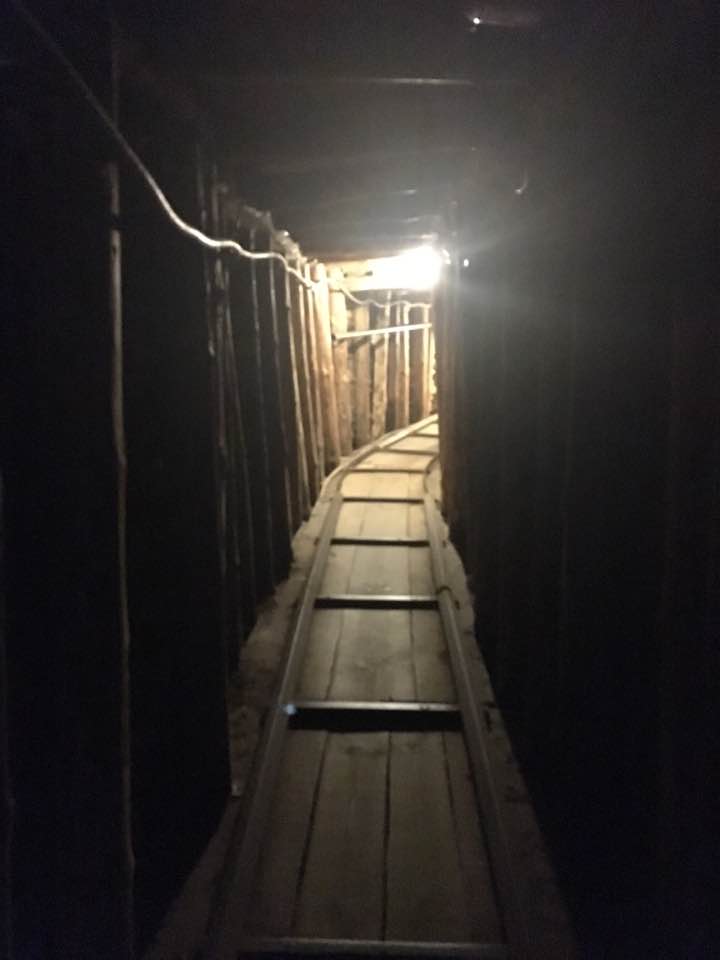
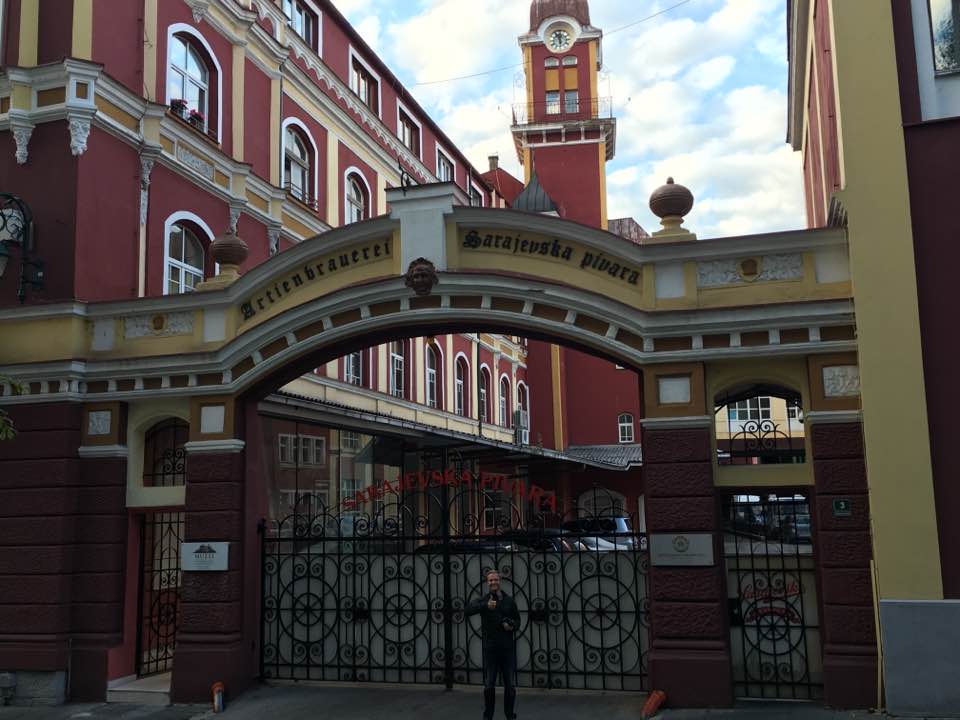
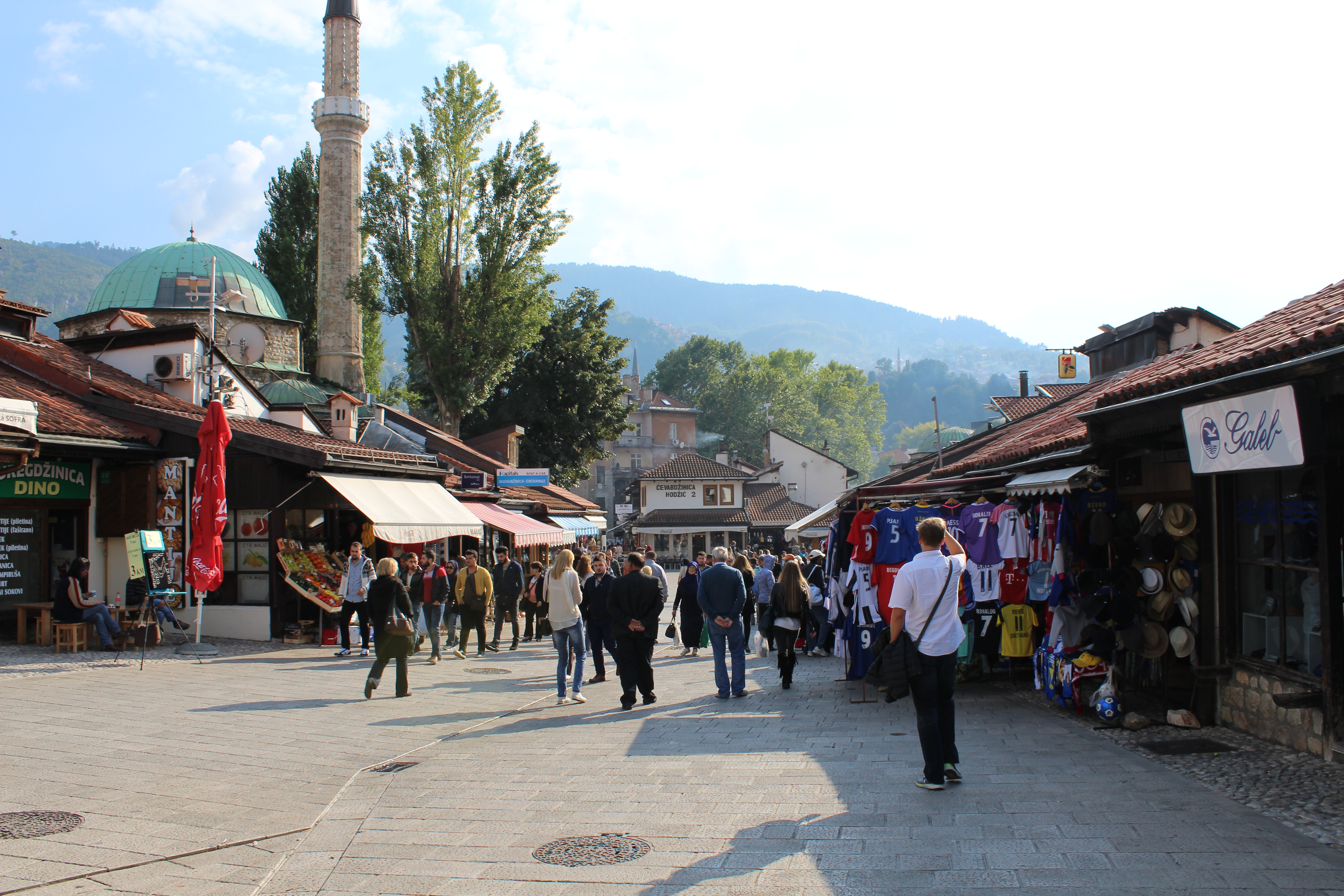

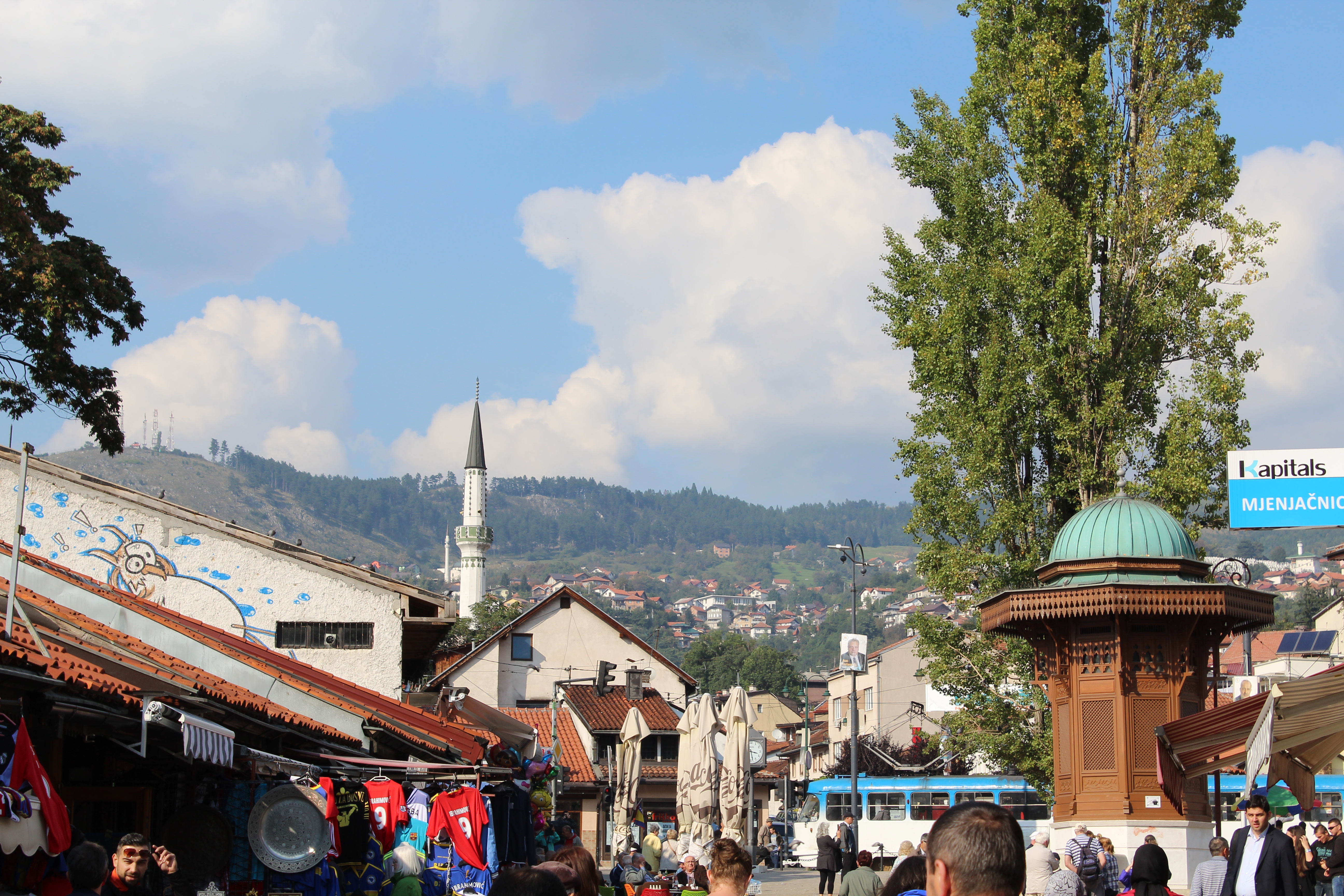
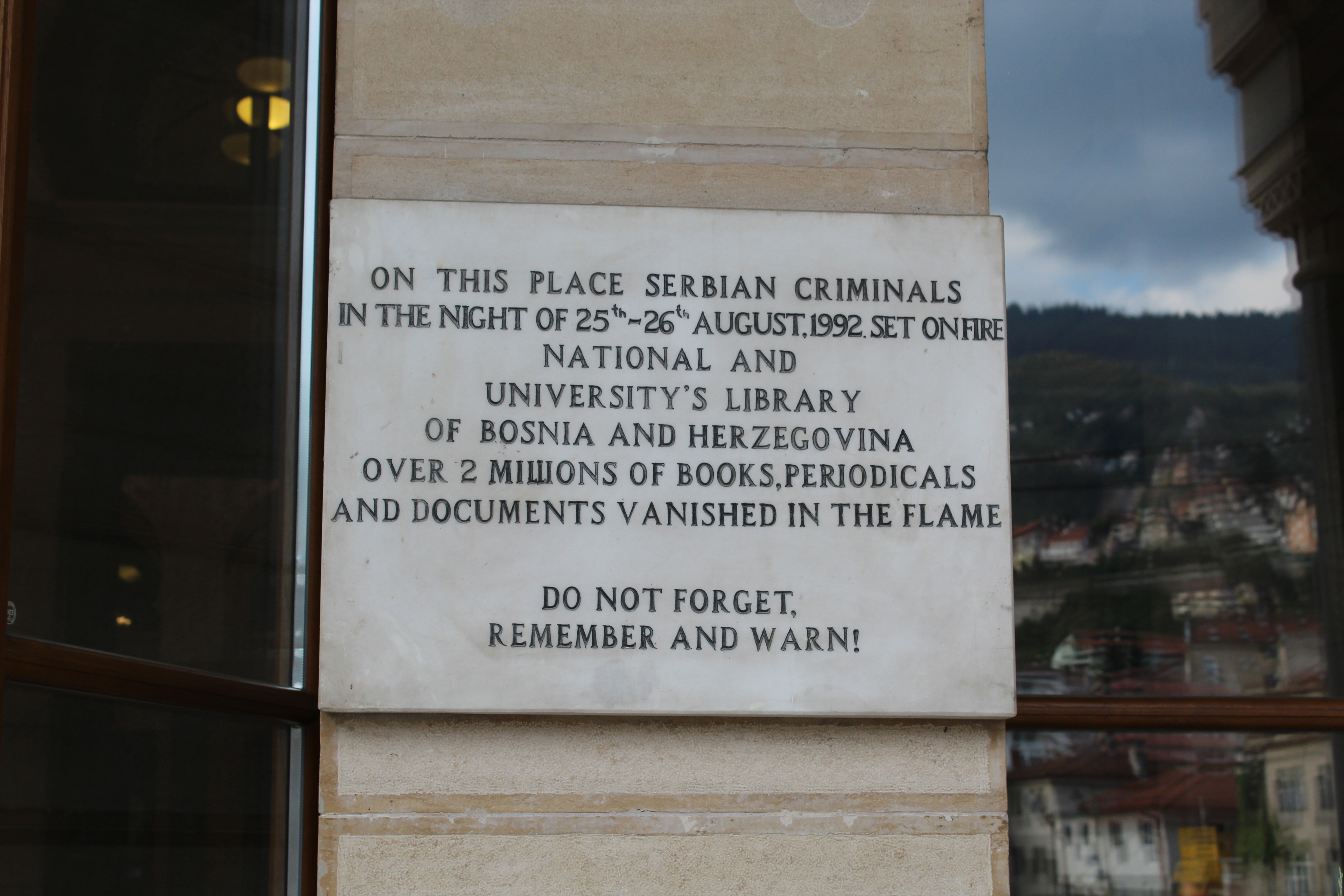

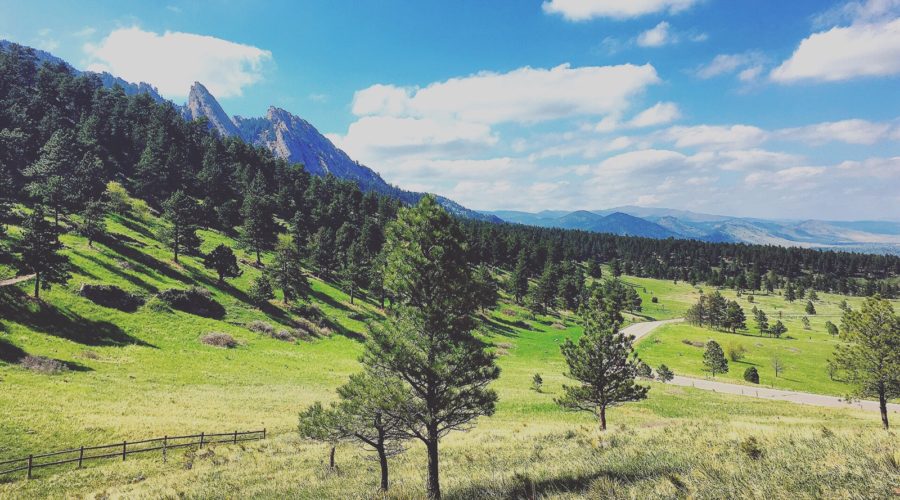
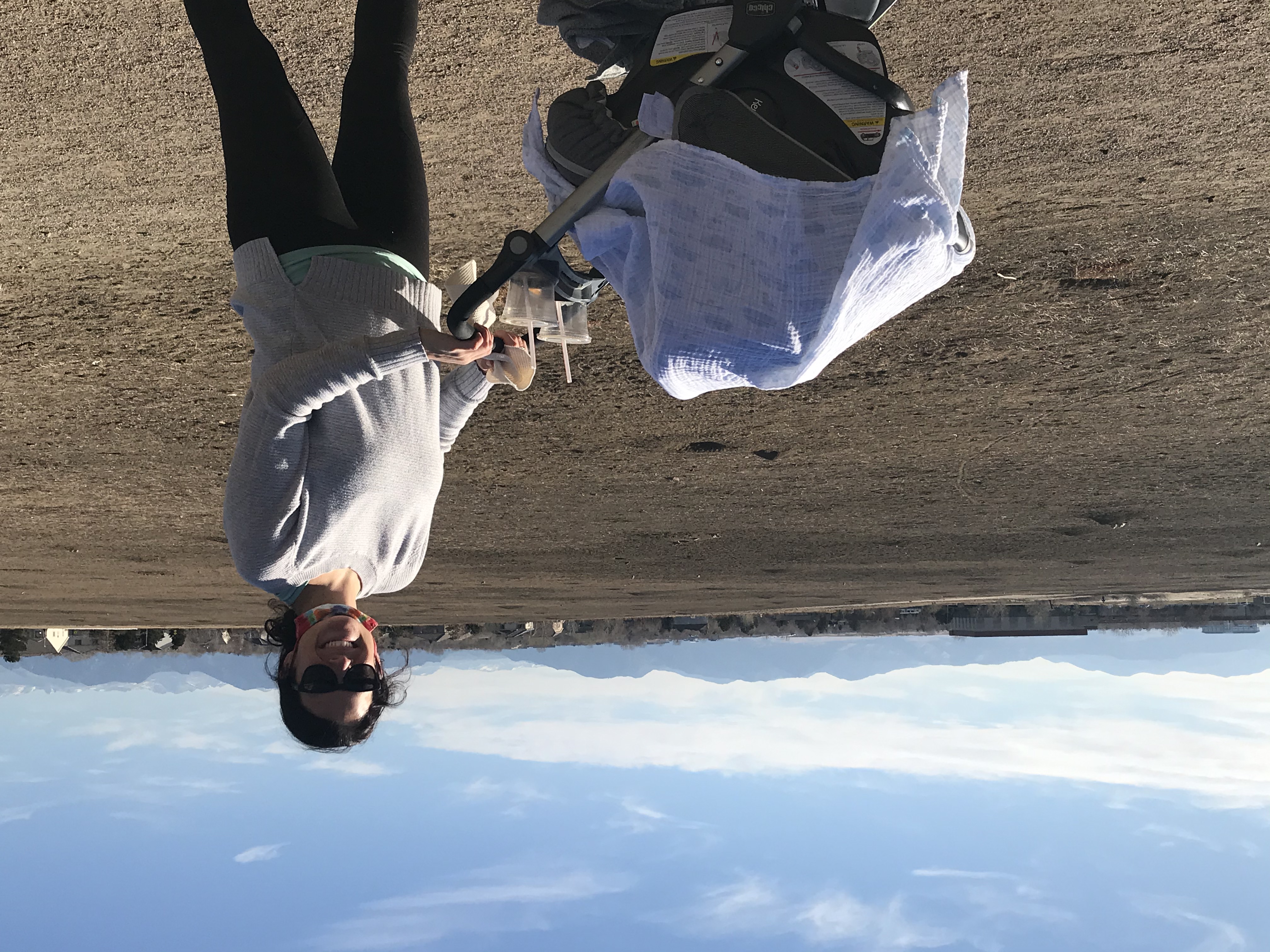
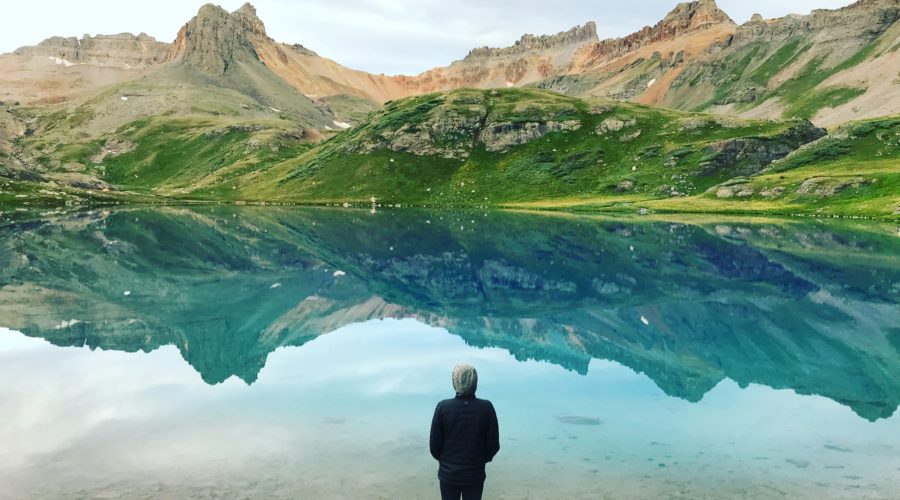
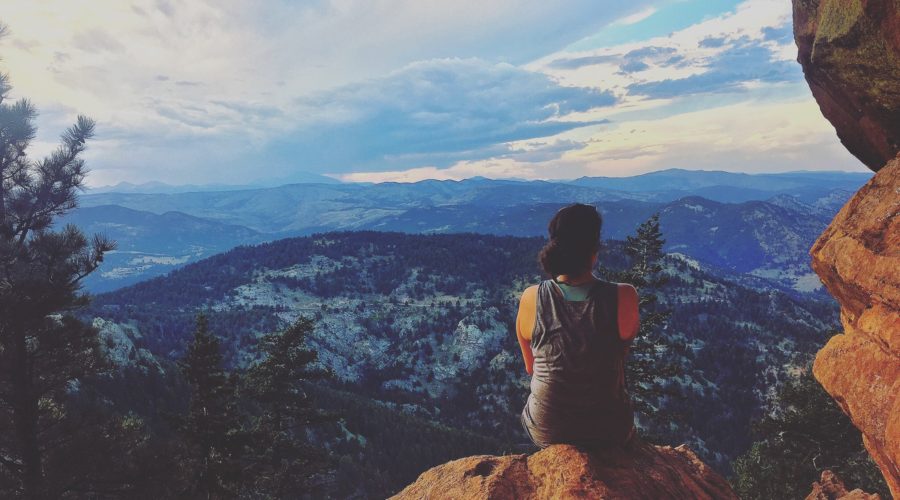
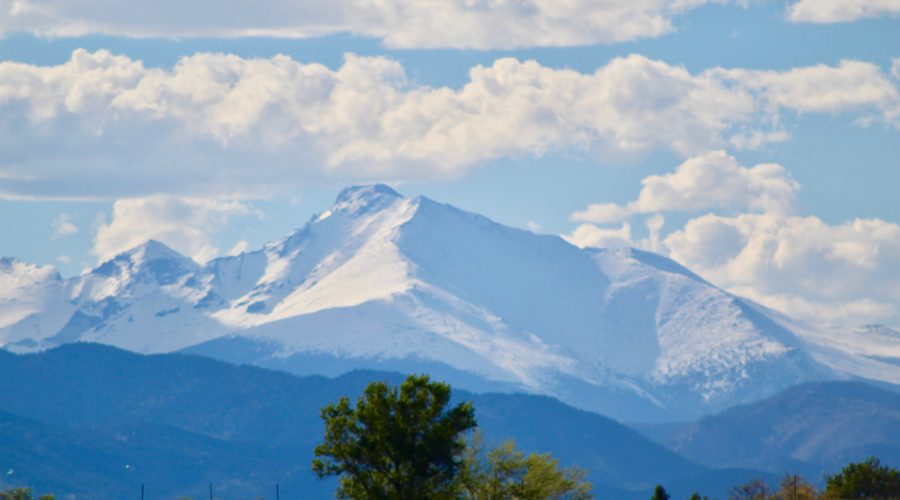
Reading this , trying to take your experience in is almost too much.. But ..a reminder
The human spirit does have a choice.. To see the good, the light in everything .. Even when we are surrounded by the dark..
This post gave me all the feels, literally an emotional roller coaster. So beautifully written!
What an experience. Those pictures of the cemetery hill really got me. What a lesson to sink in and reflect on sitting atop the fortress, watching the sunset. I can only imagine how powerful of a moment that must have been.